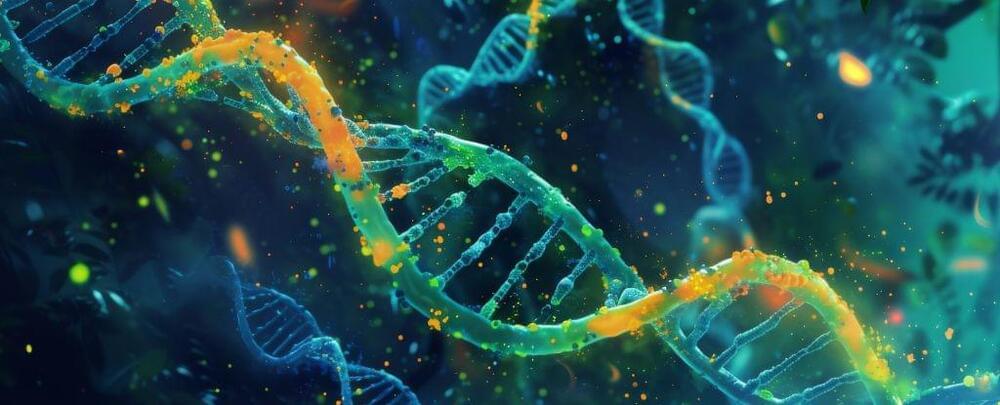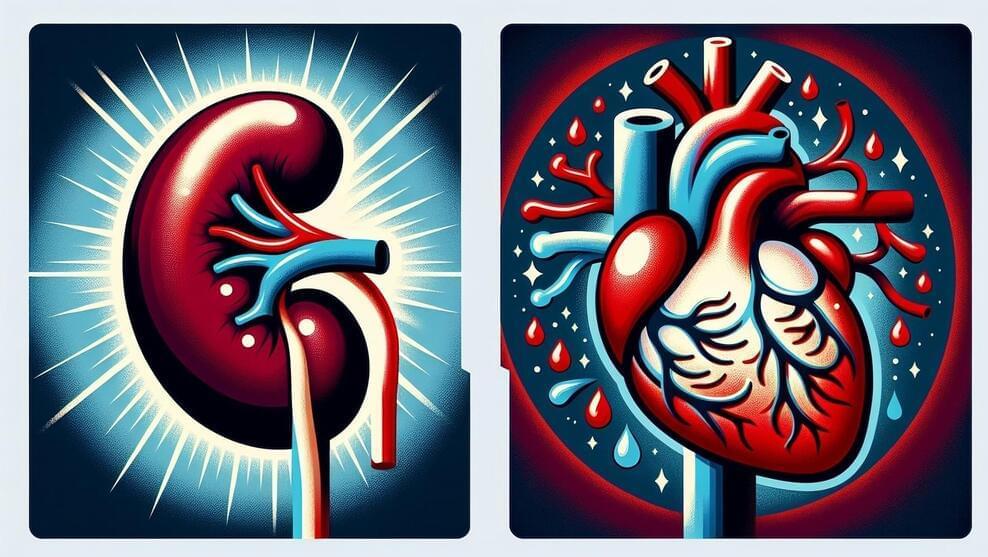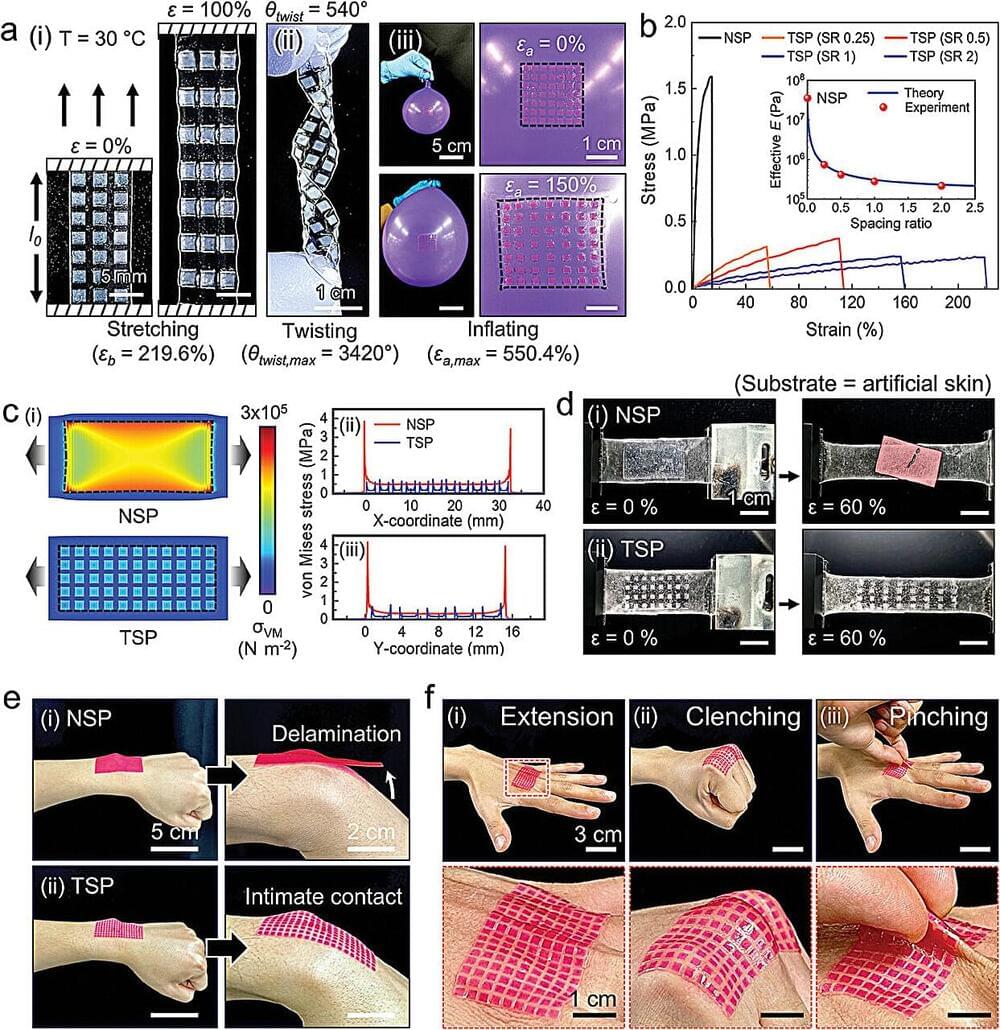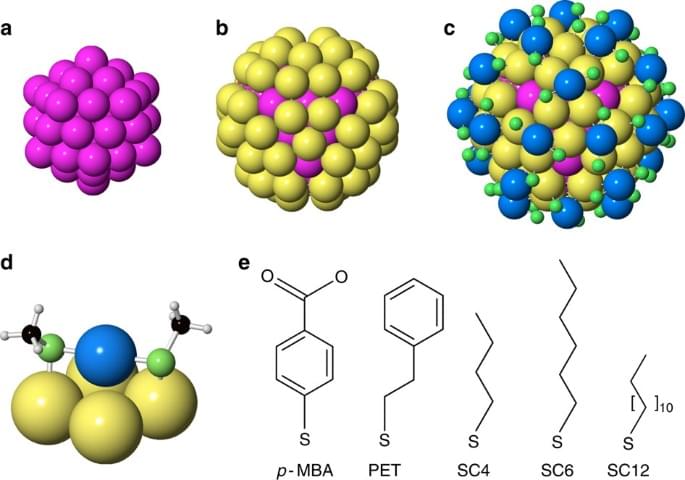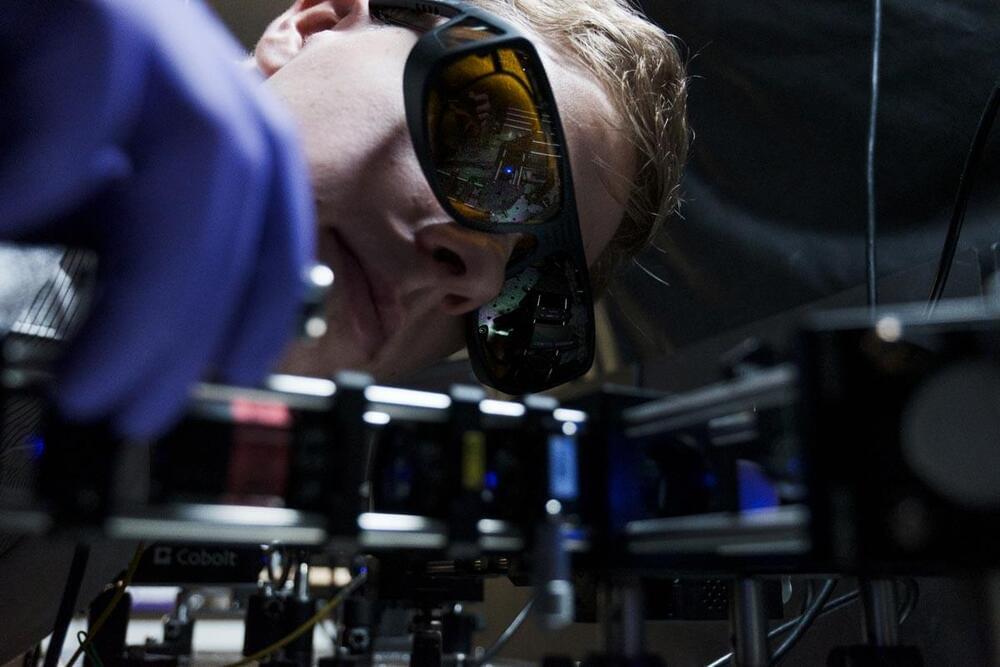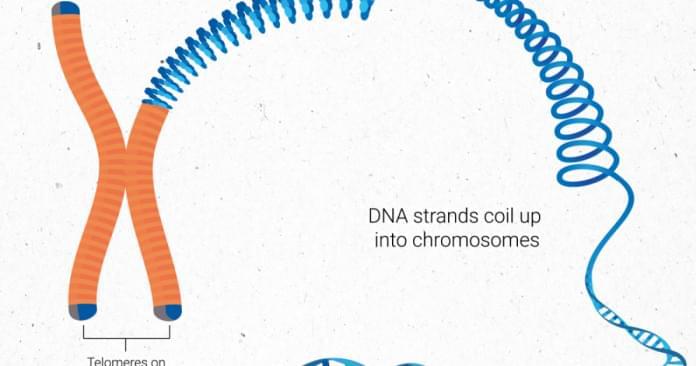Has human evolution come to a standstill? Advances in technology and medicine have radically changed the way we live, but could they be changing the course of our genetic future? The surprising truth behind how modern progress may be changing our biology — and what it means for our survival.
Junk DNA may not be so ‘junky’ after all – these regions may hide genetic material coding for tiny proteins involved in disease processes like cancer and immunology.
Our records of the human genome may still be missing tens of thousands of ‘dark’ genes. These hard-to-detect sequences of genetic material can code for tiny proteins, some involved in disease processes like cancer and immunology, a global consortium of researchers has confirmed.
They may explain why past estimates of our genome’s size were way larger than what the Human Genome Project discovered 20 years ago.
The new international study, still awaiting peer review, shows our library of human genes very much continues to be a work in progress, as more subtle genetic features are picked up with advances in technology, and as continued exploration uncovers gaps and errors in the record.
In a recent study published in The Lancet Diabetes Endocrinology, researchers evaluate the effects of glucagon-like peptide-1 (GLP-1) receptor agonists on kidney and cardiovascular outcomes.
Improving kidney and cardiovascular outcomes
Non-communicable diseases account for nearly 70% of global deaths, with diabetes and chronic kidney disease (CKD) among the top causes.
The manipulation of mechanical strain in materials, also known as strain engineering, has allowed engineers to advance electronics over the past decades, for instance enhancing the mobility of charge carriers in devices. Over the past few years, some studies have tried to devise effective strategies to manipulate strain in two-dimensional (2D) semiconductors that are compatible with existing industrial processes.
Researchers at Stanford University recently introduced a CMOS-compatible approach to engineer the tensile strain (i.e., stretchiness) in monolayer semiconductor transistors.
This approach, outlined in a paper published in Nature Electronics, relies on the use of silicon nitride capping layers that can impart strain on monolayer molybdenum disulfide (MoS2) transistors integrated on silicon substrates.
A research team affiliated with UNIST has unveiled an ultra-strong adhesive patch platform that adheres effectively to rough skin surfaces and shows remarkable motion adaptiveness during dynamic body movements, all while offering irritation-free removal on demand. The key to this technology lies in the surface adaptability inspired by barnacles and armadillo carapaces, which feature a tessellated structure that balances rigidity and flexibility.
The team, led by Professor Hoon Eui Jeong from the Department of Mechanical Engineering and Professor Jae Joon Kim from the Department of Electrical Engineering at UNIST, along with researchers from the National Institute of Ecology (NIE), has introduced a highly adhesive, detachable, and stretchable skin patch, known as the Motion Adaptive Tessellation Patch.
This innovative technology is garnering attention for its potential to facilitate the commercialization of wearable electronic devices, such as health care monitoring systems and transdermal drug delivery systems. The research is published in the journal Advanced Materials.
Japan is readying a $65-billion push in microchips and artificial intelligence aimed at reclaiming its status as a global tech leader and meeting the urgent challenges of its aging, shrinking population.
The 10-trillion-yen package, which lawmakers could approve this week, is also seen as preparation for an uncertain world as fears grow of a potential Chinese invasion of chip powerhouse Taiwan.
But analysts warn that question marks remain over worker shortages and whether Japan can generate enough electricity for energy-hungry AI data centers.
Year 2016 Shape changing gold nanoparticles face_with_colon_three
Gold nanoclusters are important nanomaterials but their structural assignment can be challenging if single crystals can’t be grown. Here, the authors use pair distribution function analysis of X-ray powder diffraction data for Au144(SR)60nanoclusters, and show that they exhibit polymorphism.
The Matrix is a groundbreaking AI model capable of generating infinite, high-quality video worlds in real time, offering unmatched interactivity and adaptability. Developed using advanced techniques like the Video Diffusion Transformer and Swin-DPM, it enables seamless, frame-level precision for creating dynamic, responsive simulations. This innovation surpasses traditional systems, making it a game-changer for gaming, autonomous vehicle testing, and virtual environments.
🔍 Key Topics Covered:
The Matrix AI model and its ability to generate infinite, interactive video worlds.
Real-time applications in gaming, autonomous simulations, and dynamic virtual environments.
Revolutionary AI techniques like Video Diffusion Transformer, Swin-DPM, and Interactive Modules.
🎥 What You’ll Learn:
How The Matrix AI redefines video generation with infinite-length, high-quality simulations.
The transformative impact of real-time interactivity and domain generalization in AI-driven worlds.
Why this breakthrough is a game-changer for industries like gaming, VR, and autonomous systems.
📊 Why This Matters:
Researchers have developed a revolutionary method to produce entangled photon pairs using much thinner materials, drastically reducing the size of quantum computing components.
This breakthrough enables simpler, more compact setups for quantum technologies, potentially transforming fields from climate science to pharmaceuticals.
Breakthrough in Quantum Computing.
From 2022, but an interesting look at Lobsters, and list of animals semi-immortal, tortoises, greenland sharks, jellyfish, etc…
Could the key to lobsters’ longevity slow down our biological clocks?
No one likes the thought of getting old, but it seems to be an inevitable part of life. Most species grow, develop and repair damage to their bodies until a certain point in adulthood. After this, the body becomes less capable of repairing itself and slowly starts to accumulate damage.
But this doesn’t seem to apply to lobsters. They keep growing throughout their extraordinarily long lives – the oldest known lobsters captured have weighed over nine kilograms, with ages estimated between 120 and 140 years.

